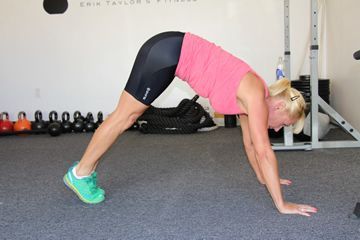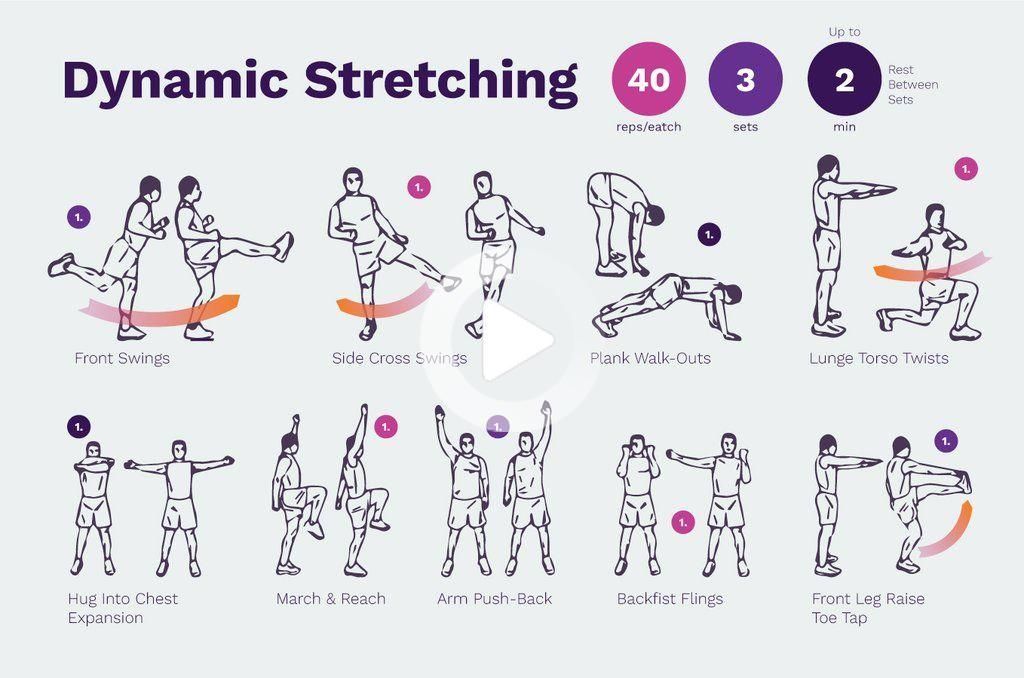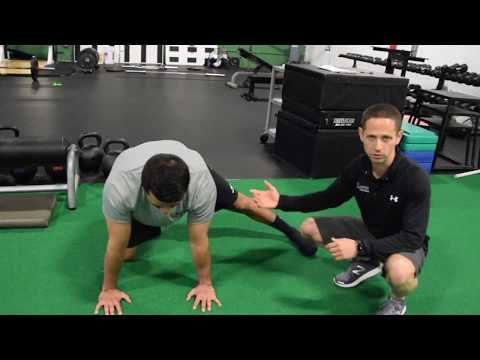Stretching Techniques for Post-Workout Recovery
After a rigorous workout session, it is crucial to prioritize post-workout recovery techniques to assist your body in recovering quickly. While there are various methods to aid recovery, stretching plays a significant role in preventing muscle soreness, improving flexibility, and reducing the risk of injuries.
The Importance of Stretching
Stretching is often overlooked and undervalued, but it is a fundamental part of any fitness routine. Engaging in post-workout stretching exercises can enhance the recovery process and provide numerous benefits:
Reduced Muscle Stiffness: Stretching helps to alleviate muscle tightness and stiffness caused by intense workouts. It improves blood circulation, which delivers oxygen and nutrients to the muscles, aiding in recovery.
Improved Flexibility: Regular stretching increases joint mobility and flexibility, reducing the risk of injuries and enhancing overall performance. It also maintains muscle balance and promotes better posture.
Enhanced Muscle Recovery: Stretching post-workout aids in removing lactic acid and other metabolic waste products that accumulate during exercise. It allows the muscles to recover faster and reduces the likelihood of muscle soreness.
Injury Prevention: Stretching helps maintain an optimal range of motion in the joints, reducing the risk of strains, sprains, and other workout-related injuries.
Effective Post-Workout Stretching Techniques
To get the most out of your post-workout stretching routine, consider incorporating the following techniques into your recovery regimen:
Dynamic Stretching
Dynamic stretching involves controlled, repetitive movements that simulate the exercise you have just completed. This technique helps to warm up the muscles even further, promoting blood flow and preventing any sudden muscle contractions or tears. Examples of dynamic stretches include walking lunges, arm circles, and leg swings.
Static Stretching
Static stretching is the most common form of stretching, in which you hold a stretch for 20-30 seconds. It helps to lengthen and relax the muscles after a workout, increasing flexibility and preventing delayed-onset muscle soreness (DOMS). Focus on stretching each major muscle group, including hamstrings, quadriceps, calves, chest, and shoulders.
Pilates or Yoga
Engaging in a Pilates or yoga session post-workout can be an excellent way to stretch and strengthen your body. These practices often incorporate both dynamic and static stretches, as well as focused breathing techniques that aid in relaxation. Pilates and yoga also promote increased mind-body awareness and stress relief.
Foam Rolling
A foam roller is a valuable tool for post-workout recovery. Foam rolling, also known as self-myofascial release, entails using a foam roller to target tight areas and release muscle tension. It helps to break up adhesions in the connective tissue, increase blood flow, and improve overall muscle mobility. Foam rolling can effectively reduce muscle soreness and aid in muscle recovery.
Tips for Effective Stretching
While stretching is beneficial, it is essential to keep in mind a few key tips to maximize its effectiveness:
Warm-up: Prior to stretching, engage in a brief warm-up to increase blood flow, loosen muscles, and prepare your body for stretching exercises.
Gradual Approach: Avoid bouncing or jerking movements during stretching, as they can lead to injury. Instead, opt for smooth and gradual stretches, gradually increasing the intensity over time.
Breathe and Relax: Remember to breathe deeply and relax during each stretch. Tension and shallow breathing can hinder the stretching process.
Target All Major Muscle Groups: Ensure you stretch all major muscle groups, paying extra attention to areas that feel particularly tight or sore.
Consistency: Consistency is key to reap the benefits of stretching. Incorporate post-workout stretching exercises into your routine regularly.
Conclusion
Implementing stretching techniques into your post-workout recovery routine can significantly benefit your overall fitness journey. From reducing muscle stiffness to preventing injuries and promoting muscle recovery, stretching is an important aspect of any workout regimen. Remember to choose the stretching techniques that work best for you and stay consistent to enjoy long-term benefits!


